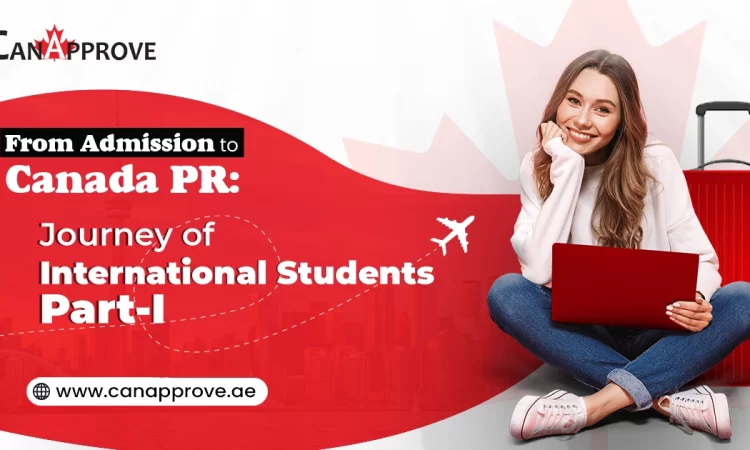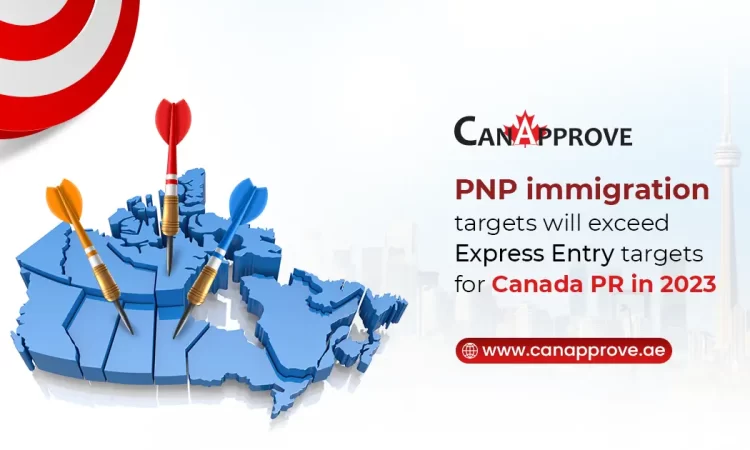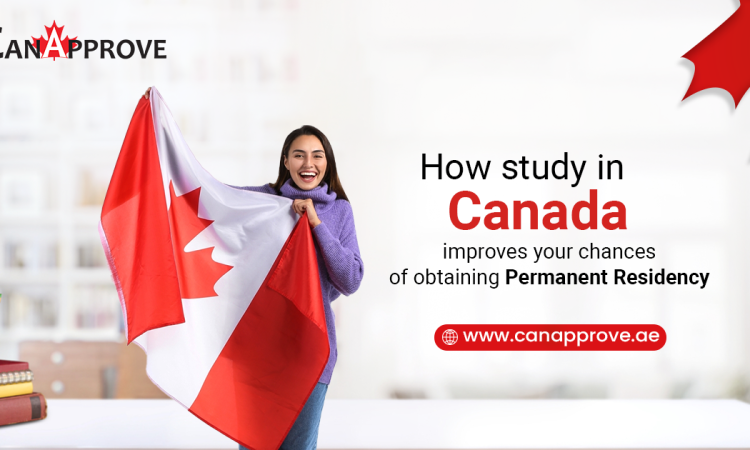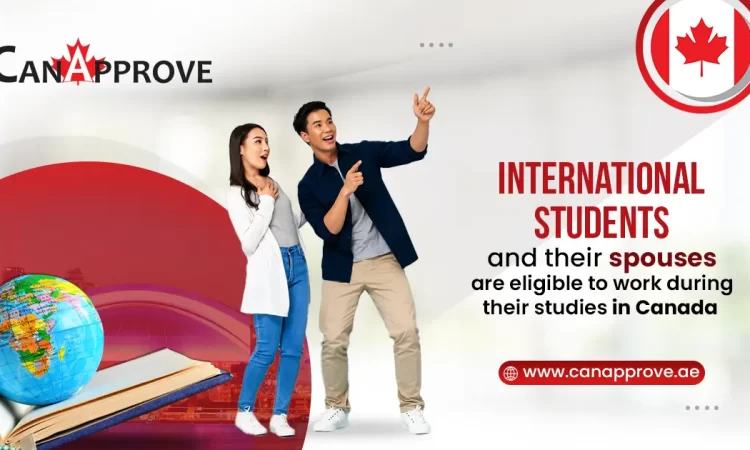The international student population in Canada has now tripled over the past decade to 642,000 in 2019. The total admission rate of international students in Canada is increasing year-on-year with the latest hike of 56% in study permit applications over 2020 student visa annual intakes.

Canada is among the top three study-abroad destinations in the United States of America and Australia. Statistics Canada analyzed the state of international students in Canada and reported three out of every 10 international students transition to permanent residency within just 10 years of first receiving their study permit.
This goes on to suggest that choosing university programs, exploring scholarships, etc. is just one aspect of researching popular study abroad global destinations like Canada, Australia, or the UK. As a study abroad aspirant, you must also think about the best immigration and settlement options after graduation.
Our first-edition guide on admissions to permanent residency in Canada shall provide a brief outline of student admission to qualifying for PR.
Mapping the Journey of International Students in Canada
CanApprove is a certified consultant by the College of Immigration and Citizenship Consultants (CICC) and our 25+ years of the illustrious journey have shaped the careers of thousands of study-abroad aspirants.
Based on our experience, we are mapping the journey of a typical Canadian study-abroad aspirant:
- Begin online research on best study abroad destinations and discover exciting opportunities in Canada
- Go through study abroad updates and immigration news from leading online resources
- Visit various offline study abroad fairs or book a free consultancy to explore university programs, scholarship details, etc.
- Apply to a suitable Designated Learning Institution (DLI) along with a well-written statement of purpose, resume, academic certificates, etc.
- Apply for a Canada student visa (also along with spouse) after excelling in language proficiency tests (English or French), proof of funds, and a medical examination certificate.
- Complete the study course and qualify themselves for a Post-Graduation Work Permit (PGWP) whose validity is equivalent to the length of the study program, capped at three years.
- Gain valuable Canadian experience and after one year of full-time work experience, qualify for permanent residency through Express Entry’s Canada Experience Class or dedicated provincial immigration streams from Saskatchewan, Manitoba, British Columbia, and Ontario that nominate international student graduates to apply for provincial nominations.
If you are in the Express Entry pool already, you may be invited to apply for a provincial nomination. Then if you get the nomination, it will mean you get 600 points added to your score and you will be able to apply for immigration as a PNP candidate!
Intra-Country Movement of International Students in Canada
A recent report from a non-profit organization, The Conference Board of Canada found international students preferred to stay in the same province where they received their first study permit.
No less than 60% of the students who studied in any of Canada’s 10 provinces or three territories remained in each region.
Breaking down the retention rate of international students in Canada province-wise:
- Quebec saw the most international student retention (around 85%),
- Manitoba and Alberta saw retention rates of 80%.
- British Columbia, Ontario, Newfoundland and Labrador, Nova Scotia, and Saskatchewan experienced retention rates between 70% and 80%.
- The remaining two provinces, Prince Edward Island and New Brunswick along with Canada’s three territories all retained between 60% and 70% of their international students one year later.
Overall, over 75% of retained international students remained in-province/in-territory to pursue more education which goes on to say the popularity of Canadian education among international students.
Why your Canada Study Visa may get rejected?
The popular myth is that students with backlogs fail to get a study visa to Canada.
It is untrue as Canadian Universities may accept a maximum of 5 backlogs for undergraduate courses and a maximum of 7-8 backlogs are allowed for postgraduate courses.
However, here are some factors that may lead to the possible rejection of a Canada student visa:
- Below threshold Language Proficiency test score: scores above the prescribed band in exams like IELTS is mandatory for securing a Canada student visa.
- Being financially unstable: Your inability to convince the authorities of the proof of funds for tuition fees and living expenses may lead to the rejection of your Canada student visa application.
- Change of study program: You may be questioned and possibly rejected if your educational background or work experience does not correlate with the chosen study program.
- Permanent stay is not allowed: If you had indicated plans for permanent stay in your student visa application, then it is more likely to be rejected. A Canada student visa is only a temporary resident visa and due process has to be followed for a permanently staying in Canada.
Applying for a Study Permit in Canada with CanApprove
There may be more than one reason for the rejection of the study permit. It is best to fix an appointment with a professional Canadian education consultant and reapply for your student visa to Canada.
Immigration consultants help you evaluate your previously rejected visa and suggest corrective steps to apply for a new Canada student visa.
Connect with our consultants today to learn more about the University Programs, Scholarships, Tuition Fees, and settlement options after graduation.










